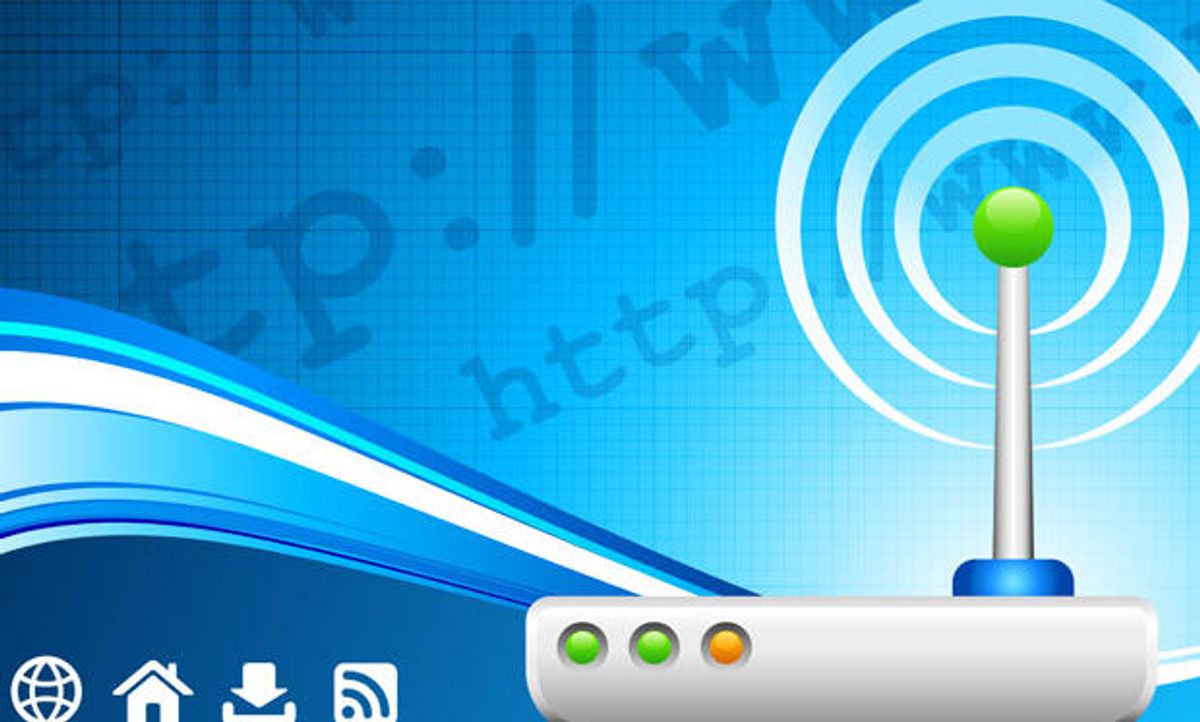When an especially high electricity bill arrives in the mail, it's enough to just adjust the dials on the thermostat and the refrigerator, right? Maybe not. It turns out it's the tangle of electronics near the television that's the fastest growing segment of energy use.
Most of the electronics, including laptops, smart phones and tablets, require an Internet connection. Our networking equipment—primarily modems, routers and cable/DSL gateways—which a majority of American homes now have, are also an energy drain. A new report by the Natural Resources Defense Council (NRDC) and Ecova [PDF] found that residential networking costs Americans more than US $1 billion a year, but could be cut by a third using already existing technology. The cumulative energy use, about 8.3 billion kilowatt-hours of electricity, is the equivalent of three large power plants.
“Small network devices suck roughly the same amount of energy around the clock, whether or not you are sending or receiving any data,” said Noah Horowitz, a NRDC senior scientist, in a statement. “But there are steps that manufacturers can—and should—take to make sure these devices are no longer energy vampires.”
Two existing industry standards can help increase the energy efficiency for modems and routers: IEEE 802.3az Energy Efficient Ethernet (EEE) for Ethernet ports, and IEEE 802.11e, which governs automatic power save delivery (APSD).
The standards allow the devices to enter a low-power sleep state when no data is being moved around the network but then quickly wake them up and send data if necessary—quickly enough that consumers shouldn't notice the difference. Without such as sleep mode, a modem's annual energy use is similar to that of a 32-inch flat screen TV.
The U.S. Environmental Protection Agency is working on an Energy Star specification, but it does not require modems and routers to meet the EEE standard, according to the NRDC report. The EEE standard could be also used for increased efficiency in computer, printers and other connected devices.
Ecova and NRDC found that networking devices that were labeled as energy efficient did draw the least power. In nearly all cases, it is more efficient to use a gateway that combines modem and routing functionality rather than to have separate devices.
A small but growing piece of the energy consumption from home networking is Optical Network Terminals (ONTs), which are usually attached to the outside of the home to translate optical signals into electronic signals for customers with high-speed fiber optic service. There are about six million ONTs compared to about 40 million modems in the United States.
The difference in efficiency across all the devices tested was related to variation in capability (such as a device that can send 1 gigabit per second, compared to 100 megabit per second). But when the study normalized for feature differences, it found that the top 25 percent of devices used one-third less energy. Some of the devices simply always operated at a lower power, while others went into sleep mode when network traffic was low. If all of the residential networking equipment were replaced with more efficient models, the savings would be $330 million annually.
Thus the efficiency goals are not a pie-in-the-sky dream. Even though the EEE standard was supported by only two of the 23 routers tested in the study, manufacturers told NRDC it will become pervasive in the next few years. The first generation of EEE devices is expected to save between 5 and 20 percent of system power, but next-generation designs could save up to 80 percent. Such gains in efficiency would offset any increases that will come from faster data transfer rates. NRDC recommends that the government make home networking standards mandatory.
Home networking, however, is just one part of the puzzle. There are also moves afoot for more efficient Wi-Fi, and the U.S. Department of Energy is currently hashing out the first mandatory energy efficiency standards for cable set-top boxes and televisions. On an even larger scale, there is an international effort to make all information and communication technology networks more efficient by a factor of 1000 compared to 2010 levels.
Images: art12321/iStockphoto, NRDC




